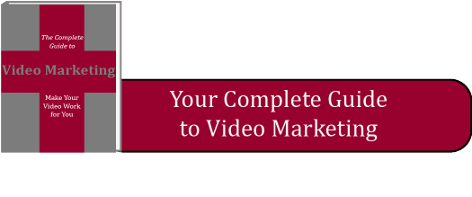The majority of marketers worldwide think that video marketing is the content creation that creates the highest ROI? Pretty cool right?
However, if you have ever gone to Youtube, you can tell that while there are a ton of videos the quality is….let’s say hit or miss.
This is especially true when you look at industrial video marketing. If I have to hear one more CEO droning on about his company, I will claw my eyes out.
Well probably not, that does seem a bit dramatic. Ok, I will be bummed out and forced to eat a sundae to recover. I dislike poorly done videos.
One of the reasons I got into marketing was local car commercials. They were so bad… and most continue to be bad. I wanted to go into marketing to make sure they were better, but while my career took a different turn, I still think if you are going to create a video you should at least make it watchable.
So how do you have an industrial video that does not encourage people to push the back button?
Keep it fun: One of the things we continually preach is that you need to display your personality in your marketing. The phrase B2B is misleading. You are not marketing towards a large faceless entity you are marketing to a group of people. So don’t market like a big faceless entity.
Your industrial video marketing is a great way to display your personality. Use people from the office or the plant and show a bit of why you like working there. Fun is contagious.
Keep it short: The length of your video does a lot to influence both how many people watch and how engaged they stay with your video.
You want to keep your video in the area of 1-3 minutes. I think the sweet spot for an industrial video is right below two minutes. Psychologically a 1.47 long video seems vastly shorter than a 2.07 long video.
Keep it creative: Find a way to keep your video innovative and entertaining. While entertainment is not the end goal for your video if you have an original or fresh take people are more engaged.
Keep it focused: In football, they say that if you have two quarterbacks, you have no quarterbacks. It is similar to marketing videos if you have two messages you have no messages. Remember to stick to your one overriding message and have everything else support that message.
Want more ideas on video marketing? Download our Complete Guide to Video Marketing here.







